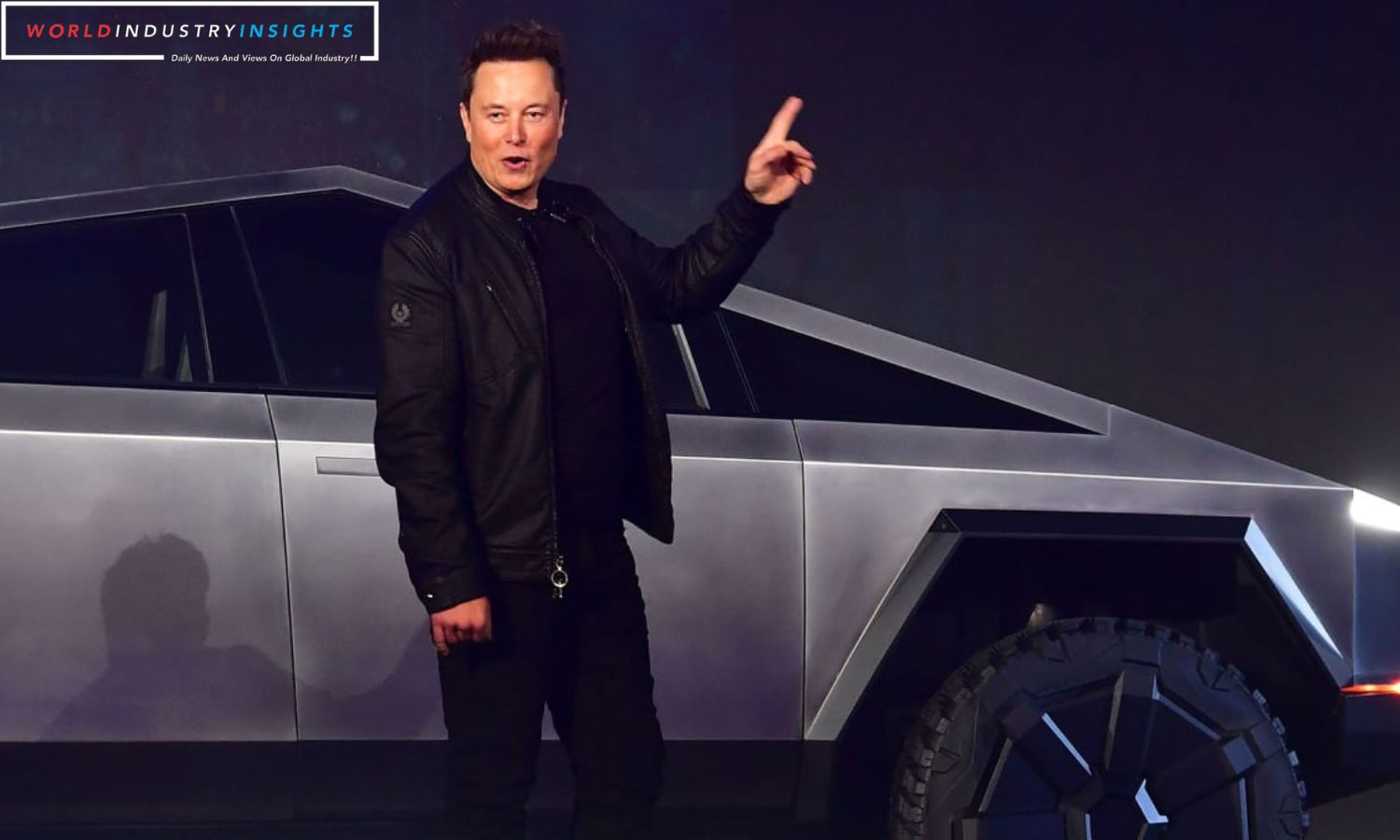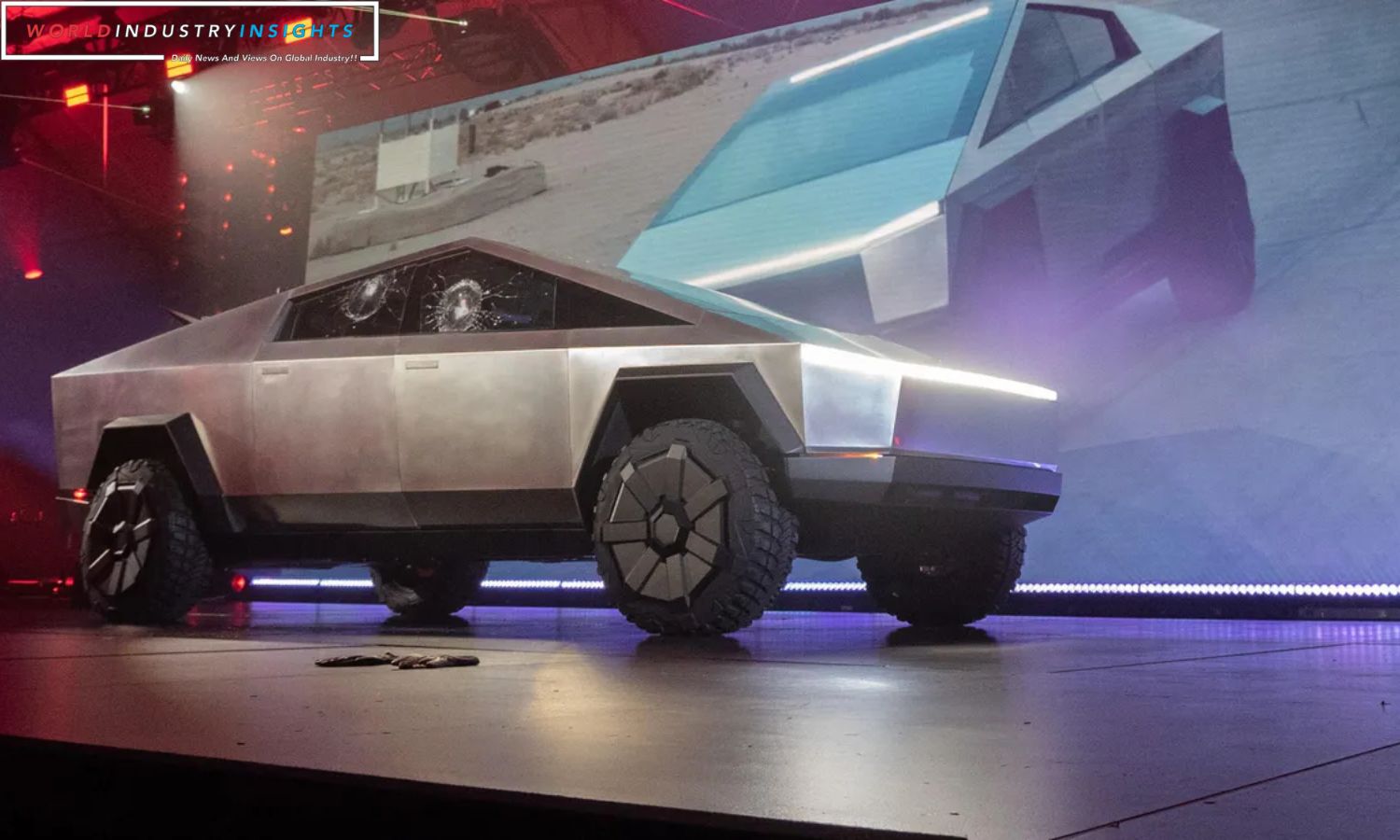Tesla Cybertruck Safety Concerns: Tesla’s Cybertruck, with its distinctive angular design, has raised concerns among safety experts regarding potential risks to pedestrians, cyclists, and other vehicles due to its stiff stainless-steel exoskeleton. Safety professors and officials who reviewed crash test videos of the Cybertruck expressed reservations. The stiff exterior, primarily composed of thick stainless steel, could pose a danger to pedestrians in the event of a collision, causing more significant harm.
Adrian Lund, former president of the Insurance Institute for Highway Safety, emphasized the potential harm caused by a rigid vehicle exterior. Despite Tesla’s claims about impact-absorbing structures, experts noted the need for comprehensive crash-test data to draw definitive safety conclusions. Elon Musk, Tesla’s CEO, defended the Cybertruck’s safety on social media, expressing confidence that it surpasses other trucks in terms of safety for both occupants and pedestrians.
The unique design of the Cybertruck, featuring flat planes and long, linear edges, marks a departure from conventional vehicles. Its stainless-steel exterior, a nod to the iconic DeLorean from the 1985 movie “Back to the Future,” has presented manufacturing challenges, including breaking stamping machines.
Also Read: Tesla Cybertruck Revolution: Priced at $60,990, Unveiling Utility Beyond Conventional Trucks
During the launch event, Tesla highlighted the use of cold-rolled, stainless body panels designed to absorb crash impact. The front and rear structures include energy-absorbing ribs, and the door’s skin carries a significant portion of the crash load during a side impact. Despite these features, safety experts raised concerns about limited “crumple zones,” which deform in a crash to absorb impact energy. However, some experts suggested the possibility of shock-absorbent mechanisms compensating for the reduced crumple zones.
Priced at $60,990, the Cybertruck is not expected to achieve the high production volume of Tesla’s Model Y. Still, Elon Musk envisions reaching an annual production rate of approximately 250,000 Cybertrucks by 2025. Critics focused on potential hazards for those outside the Cybertruck in a collision, emphasizing its heavy weight and high acceleration. Concerns were also voiced about the vehicle’s compatibility with European safety rules, which aim to protect pedestrians by limiting external protrusions.
While Tesla released the first batch of Cybertrucks to buyers, questions remain about its safety in real-world scenarios, especially regarding its impact on non-occupants in the event of a crash.
Our Reader’s Queries
How safe is the Cybertruck?
The NHTSA has excluded the Cybertruck from its list of vehicles to be tested for safety ratings in 2024. This decision comes after a Tesla video went viral on YouTube, showcasing the Cybertruck’s impressive ability to withstand a full frontal overlap test. Despite concerns raised, the Cybertruck will not be included in the NHTSA’s safety ratings program for the upcoming year.
Does the Cybertruck have crumple zones?
According to safety experts cited by Reuters, there could be a shock-absorbent mechanism that compensates for the absence of crumple zones.
Is the Cybertruck rust proof?
The Tesla Cybertruck boasts a body made of stainless steel, a material known for its exceptional resistance to rust and corrosion. However, it’s important to note that regular maintenance is still required to keep the vehicle in top shape and prevent any potential rusting. By taking proper care of your Cybertruck, you can ensure its longevity and enjoy its impressive durability for years to come.
How many miles will a Cybertruck last?
The driving range of the electric truck is dependent on the number of motors it has. According to Tesla, the AWD versions can travel up to 340 miles per charge, while the Cyberbeast can go up to 320 miles. These estimates are based on the charging capacity of the vehicle’s battery.


